If you’d like to receive more content like this, join 4,800+ other lawyers and legal marketers who subscribe to my Legal Growth email newsletter here.
In 1918, one of the wealthiest and most powerful businessmen in the world went looking for help to improve the efficiency of his managers at Bethlehem Steel Corporation. Charles M. Schwab sought out the assistance of a productivity consultant named Ivy Lee. Schwab invited Lee into his office and, as the story goes, said, “Show me a way to get more things done.” Lee responded that all he needed to succeed was to be given 15 minutes with each of Schwab’s executives.
Lee spent 15 minutes with each member of Schwab’s executive team and handed each a small piece of paper. He then instructed them to do the following:
At the end of each day, write down no more than six important tasks that you must accomplish tomorrow.
Prioritize those tasks by importance.
Upon showing up for work the next day, focus only on the first task. Do not move on to the next task until finishing the first.
Proceed through your day in the same manner, one task at a time. At the end of the day, move any tasks that were not completed to a new list of no more than six tasks for the next day.
Repeat this process daily.
After three months of implementing these practices, Schwab was so thrilled with the results that he wrote Lee a check in the amount of $25,000—a massive amount in today’s dollars. Schwab called Lee’s productivity system, which has come to be known as the “Ivy Lee Method,” the most profitable business advice he ever received.
Why the Ivy Lee Method Works
The Ivy Lee Method works because it is a structured system, yet simple. It promotes planning, prioritization, and forced discipline, which are all hallmarks of effective productivity. Because it requires that you finish one task before moving on to the next, it also helps cut down on multitasking.
To become more productive throughout your day, it’s not essential that you strictly adhere to the Ivy Lee Method, but it is important that you develop some sort of system that incorporates the Ivy Lee principles of planning, prioritization, forced discipline, and single-tasking. By doing so, you’ll set yourself up for success each day.
The approach I recommend to my coaching clients builds off the Ivy Lee Method, with one critical distinction to allow for the prioritization of business development activity in a lawyer’s daily routine. Here’s how it works:
At the end of each day, or first thing in the morning, briefly review your one-year business development goals. This will help to sharpen your focus and allow you to distinguish between the important tasks that will help move you closer to achieving your goals, and those that are merely urgent.
Write down the single business development activity you will engage in during the first hour of your day. If you’re going to write an article, then write. If you’re going to send follow-up emails to prospects you met at a networking event last week, send emails. Don’t try to do too much in a single day—stay focused on the task at hand. By single-tasking, you’ll get in the flow and be more productive. If you try to bounce between tasks, the hour you reserved for business development will result in only 30 minutes of productivity.
Write down no more than three important tasks that you will accomplish on behalf of your clients that day, and order them in terms of priority, with the most important coming first. There’s nothing magic about the number three. On many days, to the extent possible, you’ll be better off working on only one task, such as writing a brief or preparing for an oral argument. Again, productivity suffers when we spread ourselves too thin.
In the first hour of your day, focus on business development. Do not move on to client work until the time you set aside for business development yourself ends. To stay on track—and this is important—do not get caught up in your email inbox or listen to voicemail messages until your business development time block is over.
Once you’ve moved on to client work, focus only on the first client-related task on your list. Do not move on to the next task until finishing the first.
Proceed through your day in the same manner, one task at a time.
At the end of the day, or first thing the next morning, move any tasks that were not completed to a new list that you hand write. Even if you left off in the middle of a task, don’t pick it back up the next day until after you’ve completed your daily business development activity.
Repeat this process daily.
Henry David Thoreau said, “It’s not enough to be busy. So are the ants. The question is: What are we busy about?” The system described above will allow you to be “busy about” the most important work that will have the biggest positive impact on your career and enable you to do your best work on behalf of your clients. It will empower you to move through your days with purpose. It’s a system for daily action that will steadily move you closer to achieving your goals.
Jay Harrington is president of our agency, a published author, and nationally-recognized expert in thought-leadership marketing.
From strategic planning to writing, podcasting, video marketing, and design, Jay and his team help lawyers and law firms turn expertise into thought leadership, and thought leadership into new business. Get in touch to learn more about the consulting and coaching services we provide. You can reach Jay at jay@hcommunications.biz.


